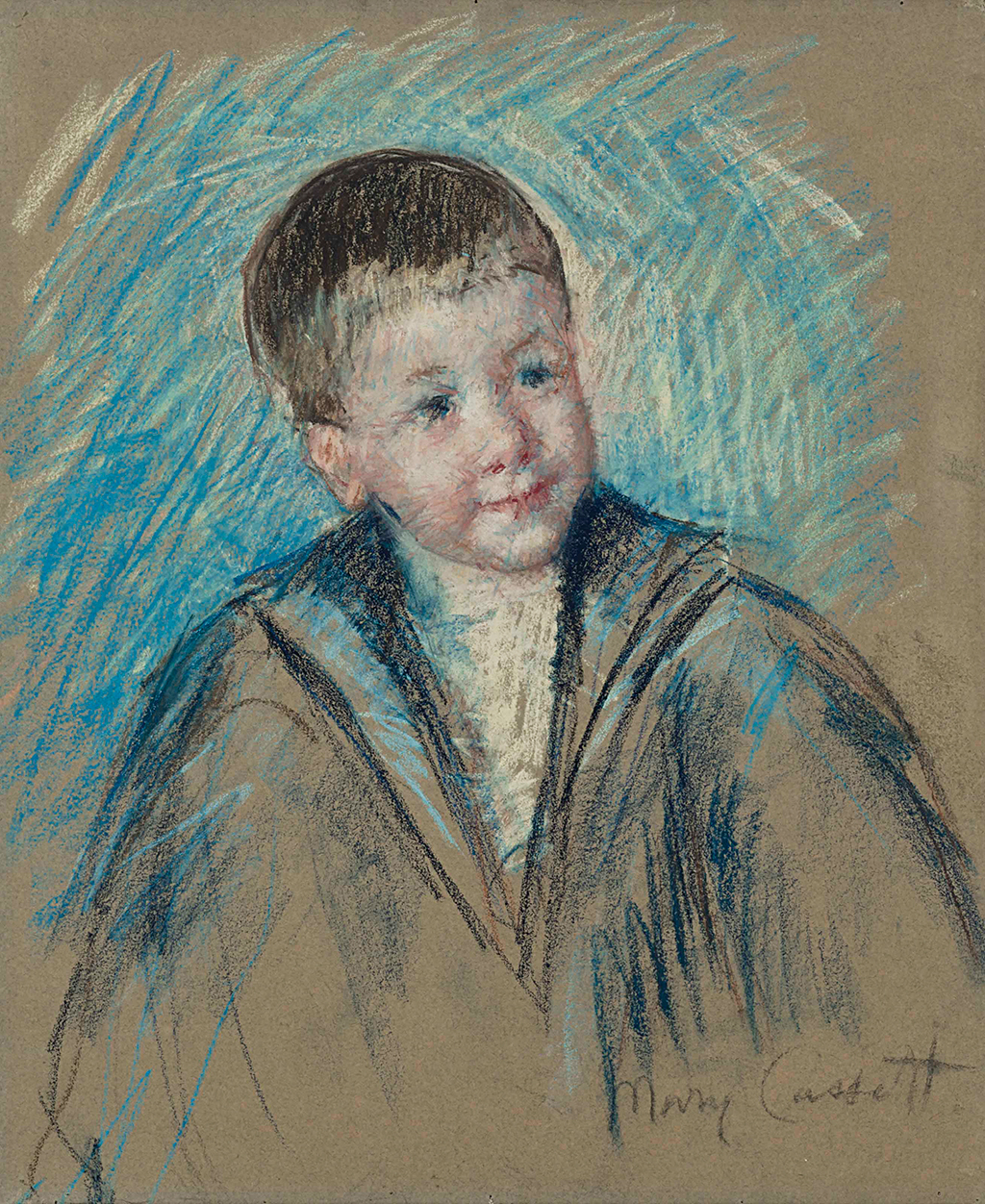Mary Cassatt produced a large number of drawings across her career, perhaps encouraged by other members of the Impressionist movement who are also famous for their contributions to this medium. Here we examine the different sketching tools that she used, and the content that she chose to include.
This was an artist who was naturally drawn to the people around her, and felt an honest interest in their lives. She therefore focused on portraiture as her main genre and produced hundreds of drawings and paintings within this format. Sketching was ideally suited to unplanned artworks, when Mary Cassatt would suddenly feel the creative urge to create a memorable drawing of a friend or family with whom she was spending time at the moment. Her most interesting drawings would have to be her multi-coloured pastels which found a middle ground between charcoal or chalk drawings and the more complex oil painting alternatives. Her decision on which to use each time would partly be influenced simply by which resources she had available at the time, but there was also a change in taste over time as her career progressed.
Pastels would appear frequently within the Impressionist movement and Cassatt would have been inspired by the company that she kept as her career progressed. We know, for instance, that Edgar Degas and Claude Monet both adored this medium and loved to work quickly and expressively to produce all manner of landscapes and portraits within their simple sketchbooks. Many of these books would later be separated up into individual sleeves, with the artworks then gifted to friends and family, or sold privately by collectors. In recent years a number of Cassatt drawings have come up for sale and featured a variety of different valuations, depending on the complexity and beauty of each piece. The likes of Sotheby's and Christie's have featured a number of her artworks which have been dispersed across a variety of collections in the years since her career took hold, and purchases of them have run into the many thousands of dollars as interest in her oeuvre continues to rise.
Cassatt was conscious of her own privileged background and so would often make use of models from less affluent backgrounds in order to both capture their alternative lives but also to help them out financially. She would meet many women whose sole ambition was to care for the children within their household, and so would spend most of their time indoors. This hard life also went without much appreciation or respect which we now understand today to have been particularly unfair. Cassatt set about giving some of these women a voice through her work and liked to portray them using both oils and also pastels. In some cases she could work more quickly by drawing in their presence and then work from her studio to produce layered versions in oils. Without the use of photography that we have today, sketches could therefore be used to remember these situations visually and then work from them a later date.
Studies of her drawings have revealed that many were produced at speed, with an expressive style which was entirely typical of the Impressionists more generally. Experts within the field of pastel drawing have also suggested that her choice of this soft medium was ideally suited to her personal, sensitive portraits in which relationships are explored intimately. She is famous for capturing the mother and child dynamic and softness would always be key to doing that successfully. One can immediately spot the individual strokes of colour that she inserted within her pastel portraits, and the background planes of colour would often be done particularly quickly. She would then be more precise as she attended to the facial features and clothing detail. She might even leave some areas relatively bare, other than just for a few simple lines which suggest at the original form which she would have seen at the time.
As mentioned elsewhere within this article, the Impressionists were known for their love of the pastel approach, and would use it across a variety of different genres. Monet, for example, loved to produce quick sketches of landscape scenes, sometimes whilst outdoors on his travels. You will also find some stunning Degas drawings in which he studies and practices his understanding of the female figure, including a number of young female ballerinas which formed a key part of his own oeuvre. Aside from those, you might also check out further contributions from the likes of Pissarro, Morisot and also Cezanne, although the latter was not really a member of the group specifically. Most of the names featured here would have gone through considerable training in high level institutions and therefore have learnt the necessary techniques from an early stage - with drawing often being the very first discipline taught to budding art students. They all made use of pastels and simpler tools such as chalk and charcoal, with those being popular since the early Renaissance, perhaps even earlier.



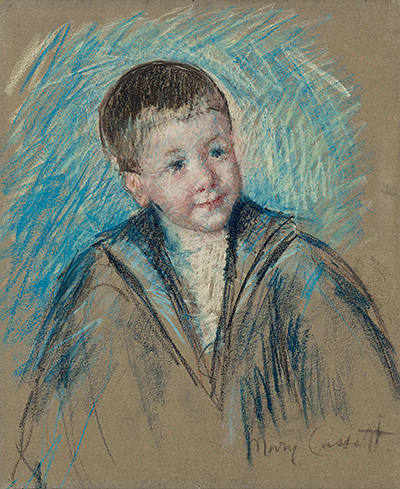
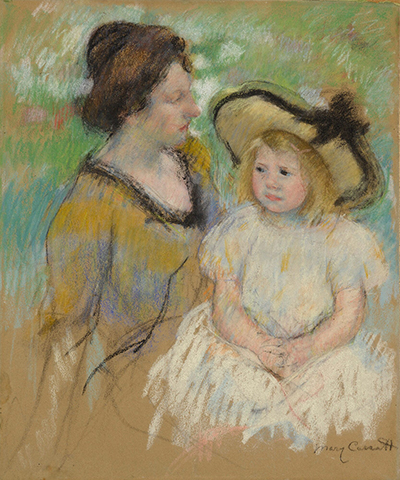
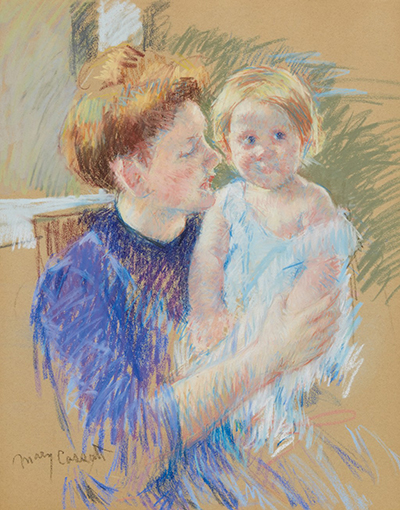
 Mary Cassatt.jpg)
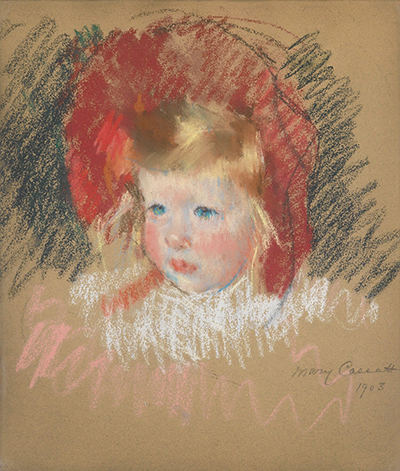
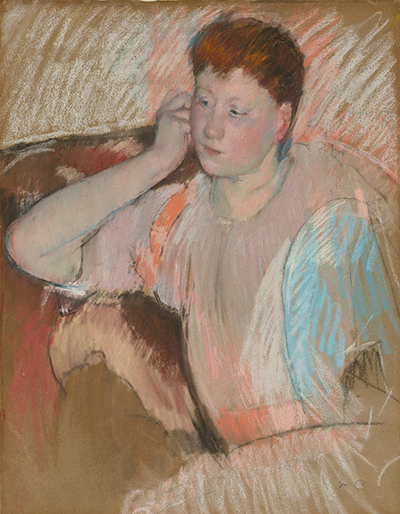
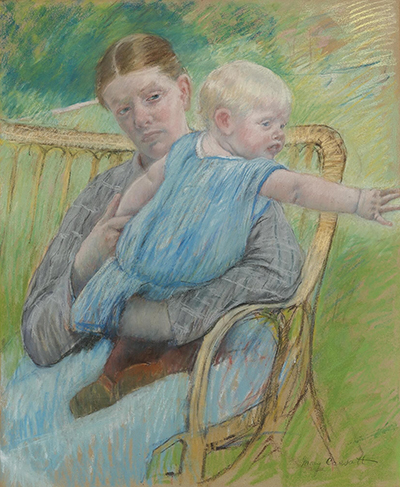
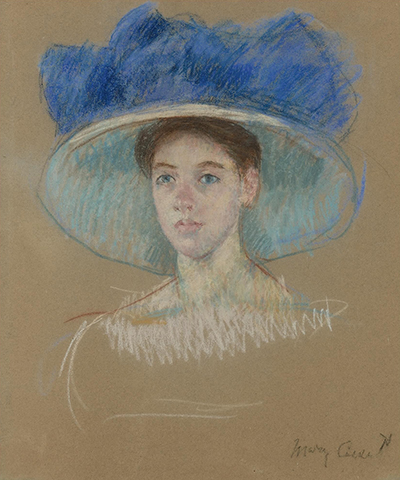
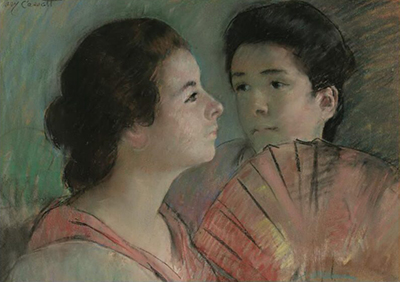
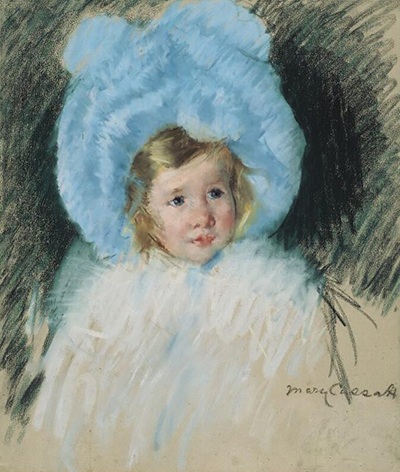
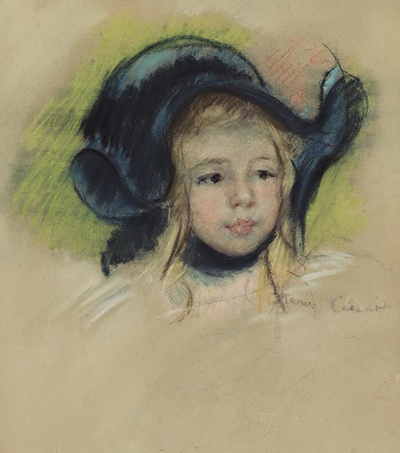
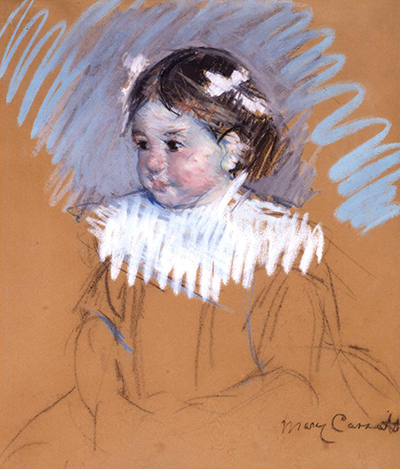
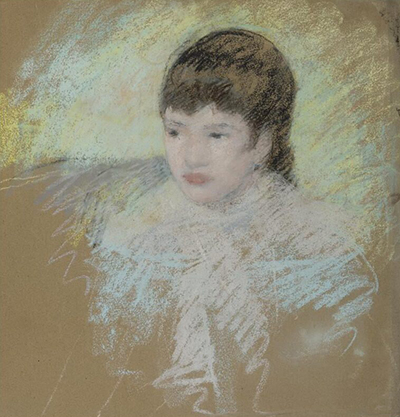
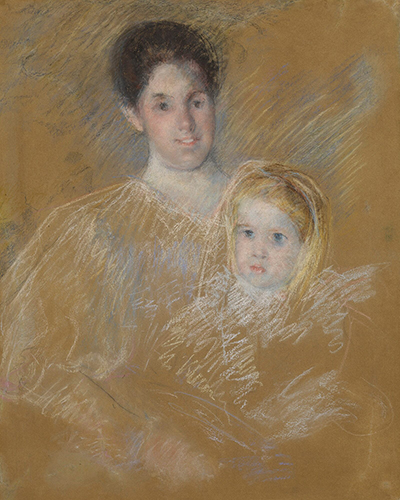
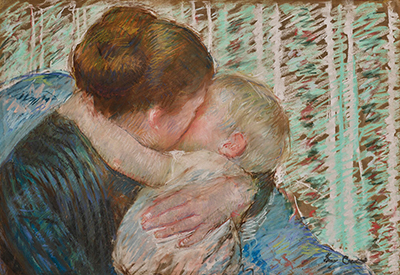
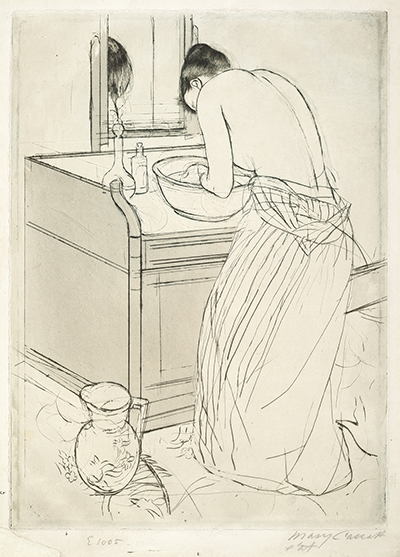
 Mary Cassatt.jpg)
